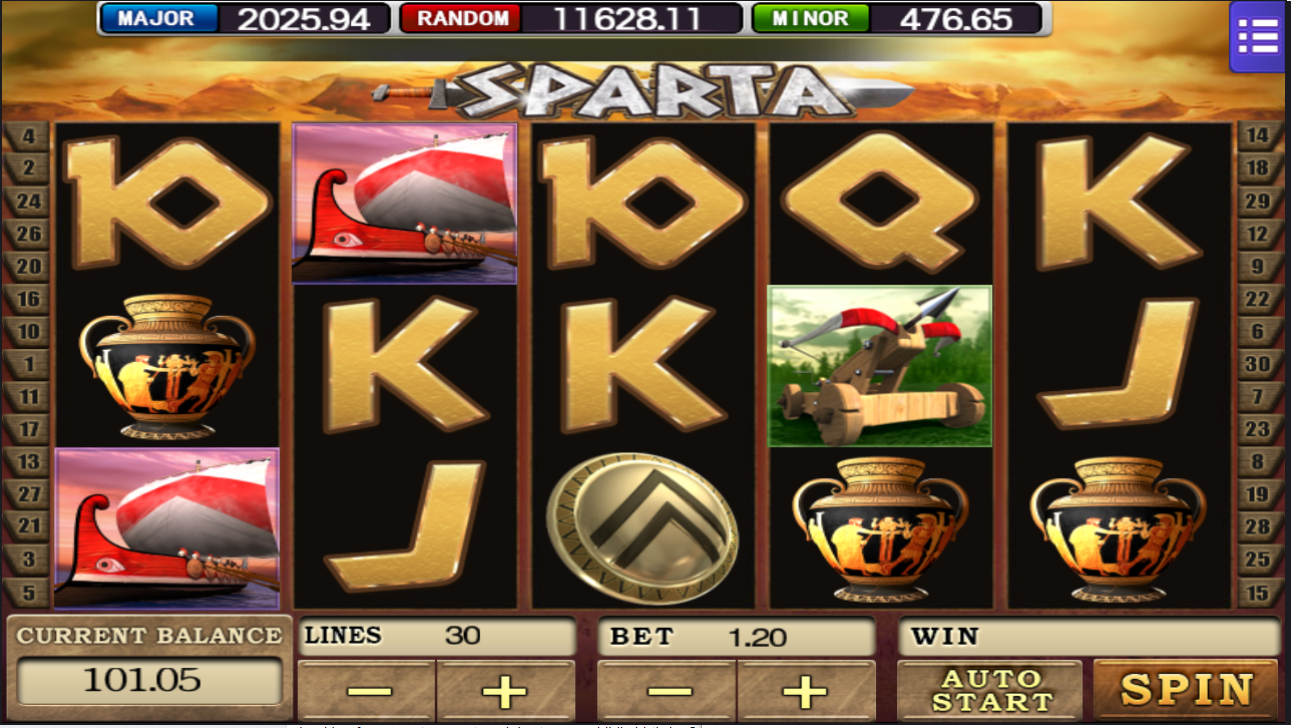The House Edge Conundrum

The world of online gambling and casinos is full of terminology that can be confusing, even for seasoned players. Two terms that are often mentioned together, yet still leave many in the dark, are edge percentage and Return to Player Rate. While they may seem unrelated at first, they in fact are intricately connected and play a crucial role in the overall profitability of a casino game.
House edge is the built-in advantage of a casino over a player in a particular game. It's essentially the money lost that players can expect to incur over a large number of plays. This percentage loss comes from the difference in the probability of losing, which is skewed in favor of the casino. For example, in European Roulette, the edge percentage is approximately 5.26%, meaning that for every $100 bet, the casino can expect to win around $5.26 in the long run.
Return to Player Rate is the percentage of money that a game pays back to its players over a large number of games. A higher Return to Player Rate means that players will get back a greater share of their bets on average. For instance, in a game with a 95% Return to Player Percentage, the casino will pay back $95 of every $100 bet, but the remaining $5 will be retained as profit.
To put it simply, the house edge and RTP are two sides of the same coin. A higher house edge means a lower Return to Player Rate, and vice versa. When a game has a high edge advantage, it means that the casino will retain a larger share of the bets, which is essentially the casino's profit margin. This profit margin is, in turn, reflected in the Return to Player Percentage percentage.
Here's an example to illustrate this relationship. Let's say we have two choices: Game B with a 90% RTP and a 5% edge advantage, and Option B with a 95% Return to Player Rate and 2% edge advantage. At first glance, Game A might seem more favorable to players due to its higher Return to Player Percentage. However, while it's true that players will get back a larger share of their money, Game B actually has a lower edge percentage, meaning that the casino will retain less as profit. Ultimately, the higher RTP of Game B is offset by its slightly higher house edge.
The relationship between edge percentage and Return to Player Rate is crucial for players who want to make informed decisions about which options to play. By understanding the trade-off between the two, mega888 players can identify options that offer better value and minimize their losses. While there is no such thing as a option with zero edge advantage, choosing a game with a lower house edge can make a big difference in the long run.
In final thoughts, the edge advantage and Return to Player Percentage are interconnected in a way that affects the overall profitability of a gambling game. While a higher Return to Player Rate might seem more appealing, it often comes with a higher house edge, and players need to be aware of this relationship when choosing which games to play. By understanding the connection between these two terms, players can make more informed decisions and maximize their chances of winning in the long run.
Designed by sketchbooks.co.kr / sketchbook5 board skin
Sketchbook5, 스케치북5
Sketchbook5, 스케치북5
Sketchbook5, 스케치북5
Sketchbook5, 스케치북5